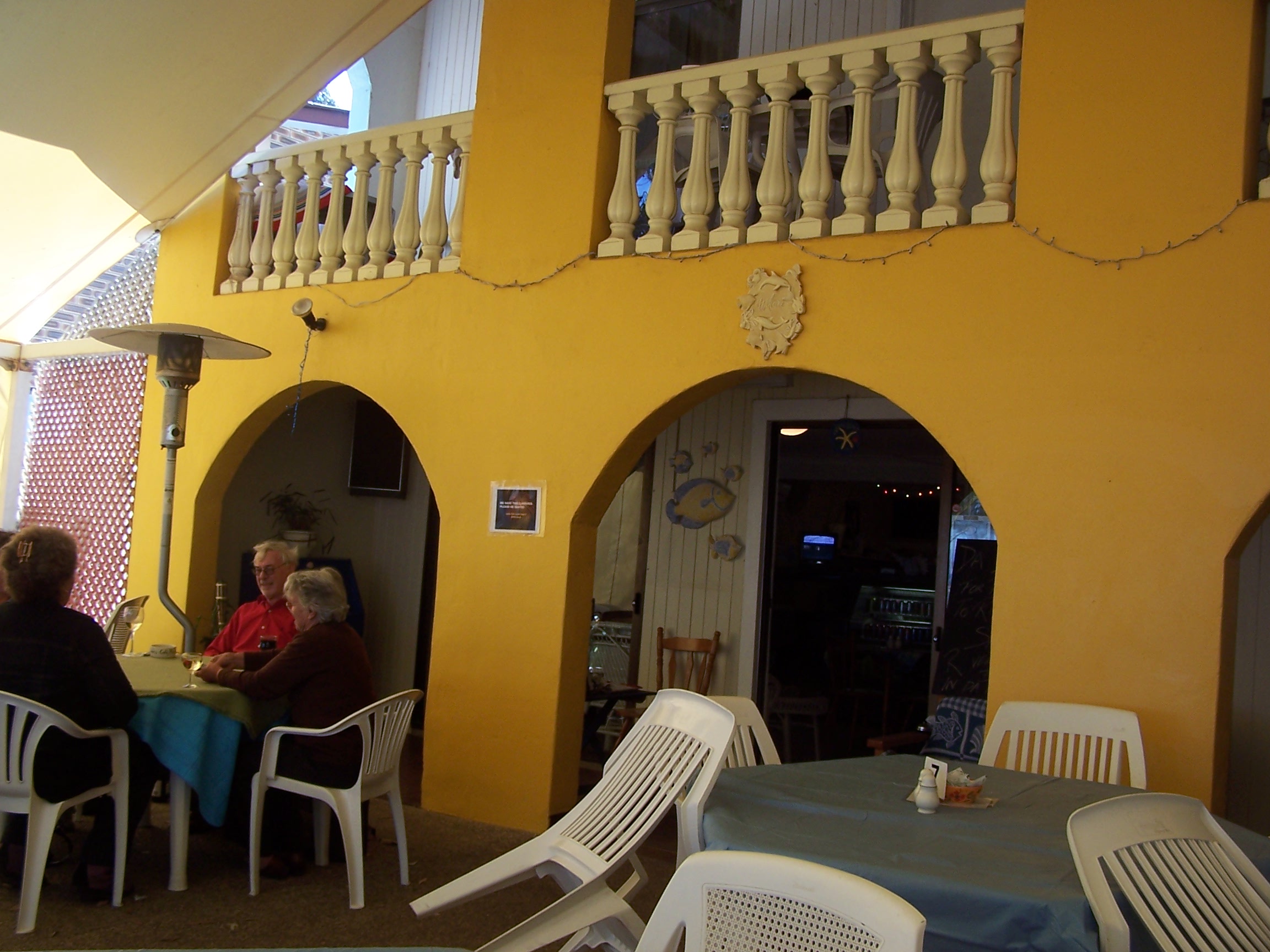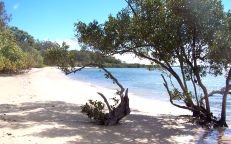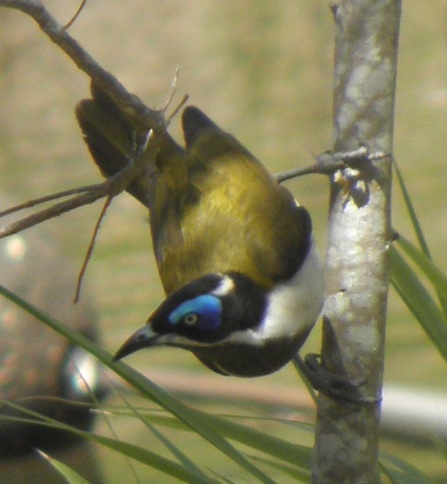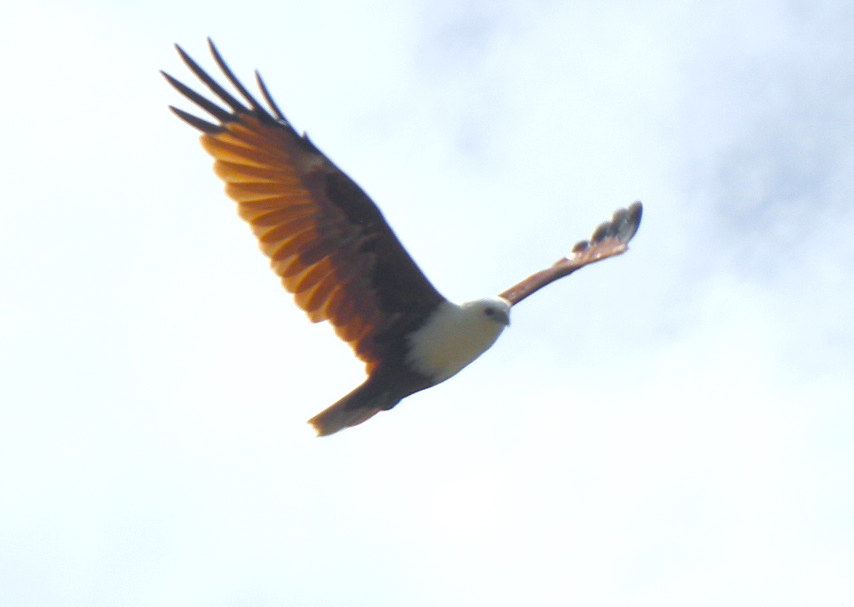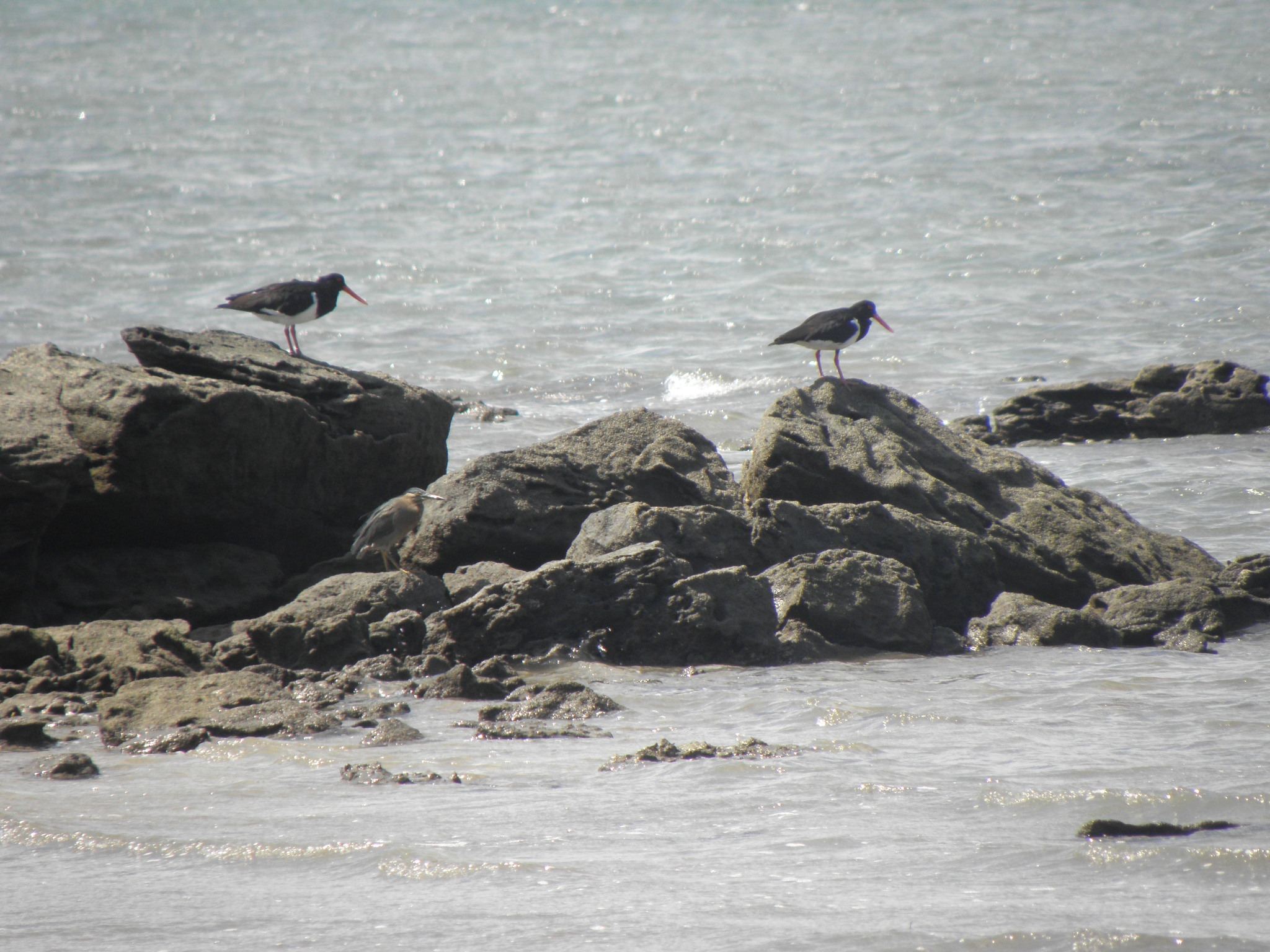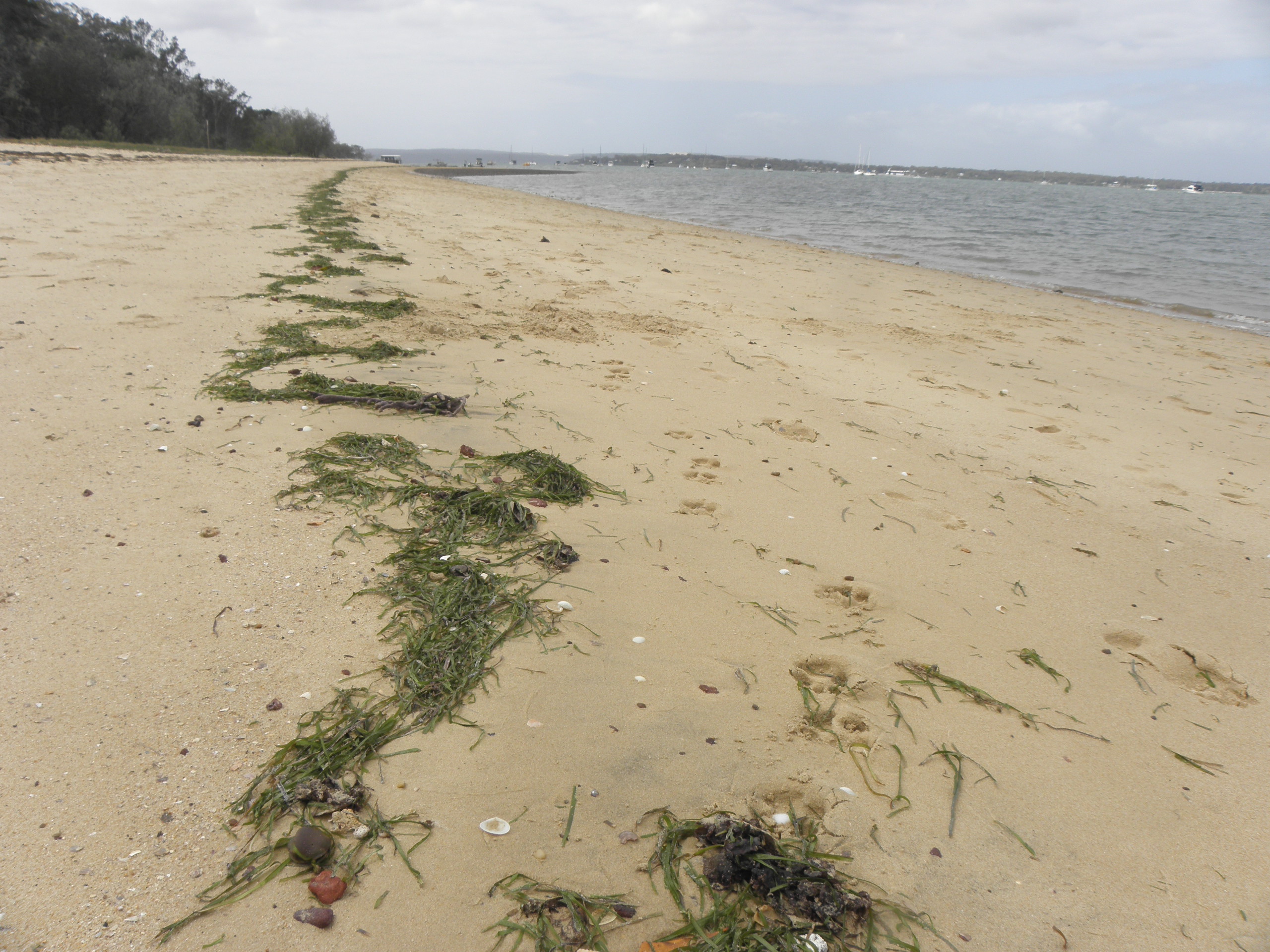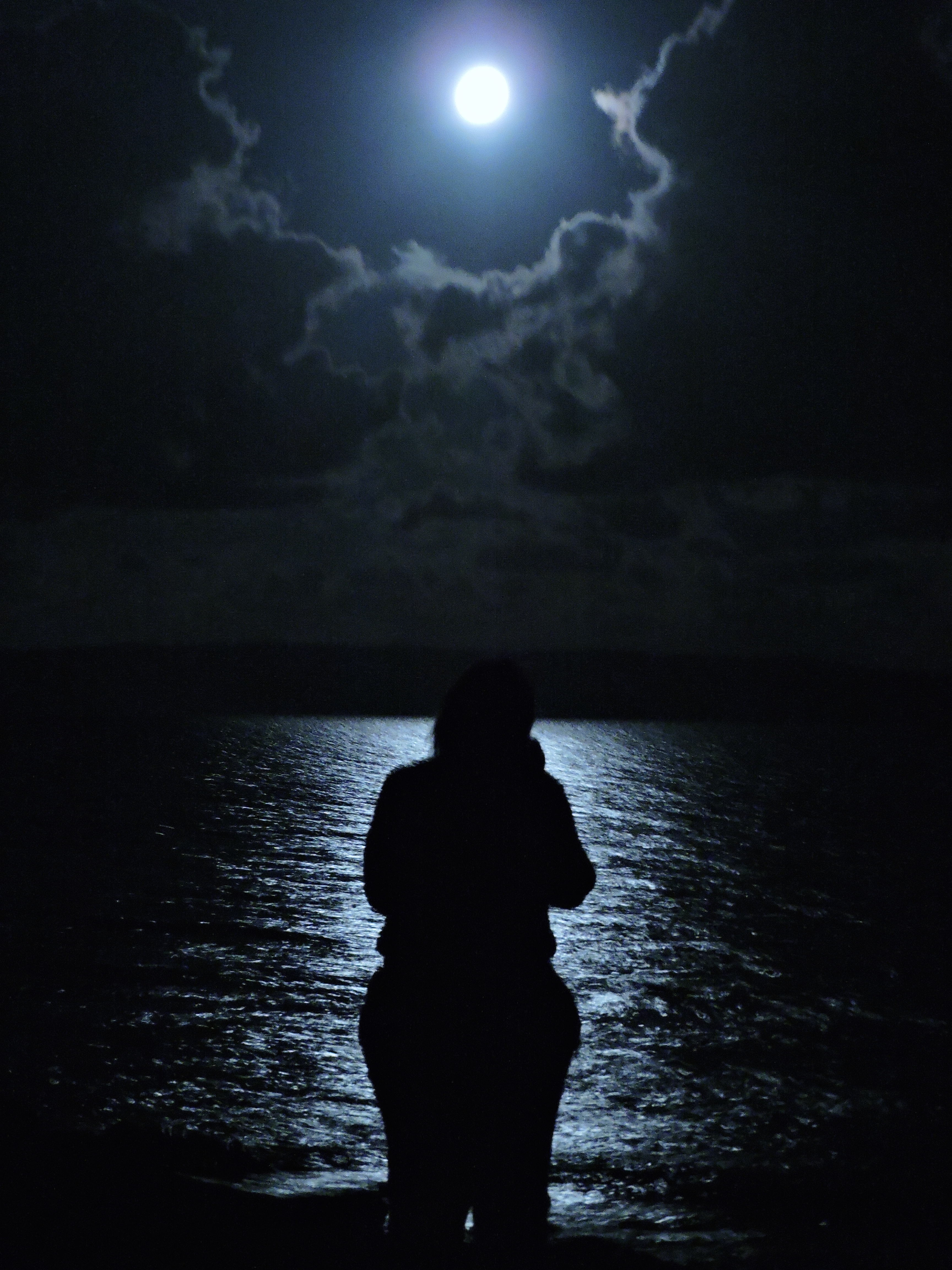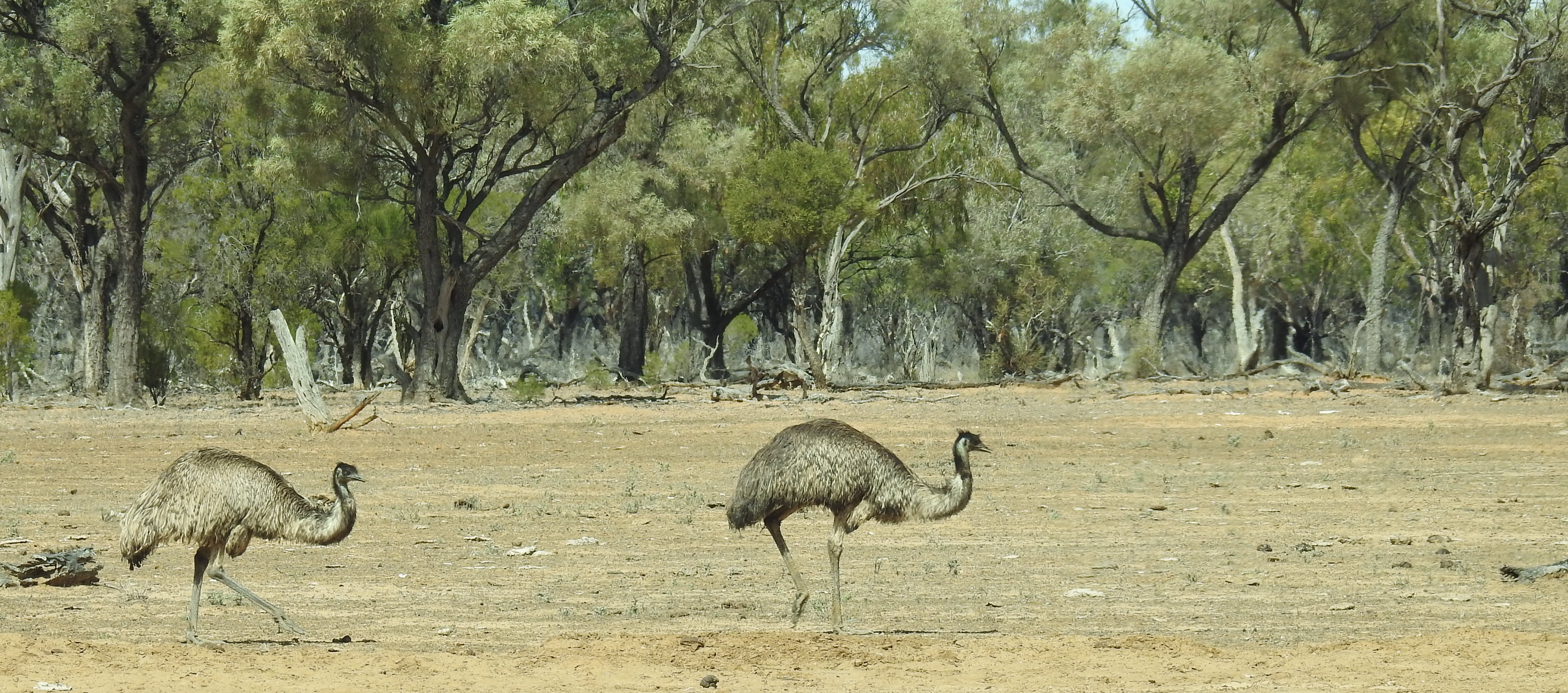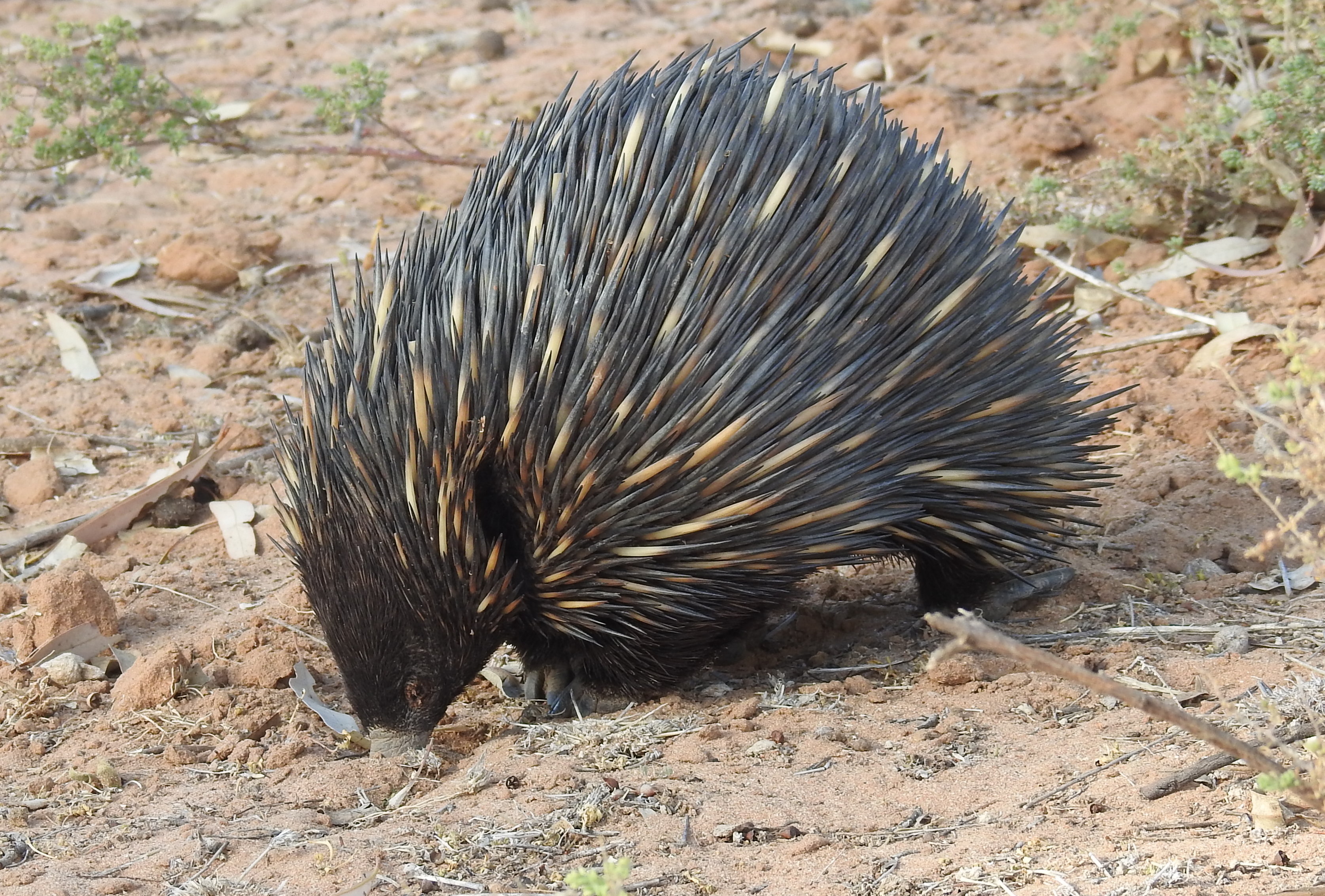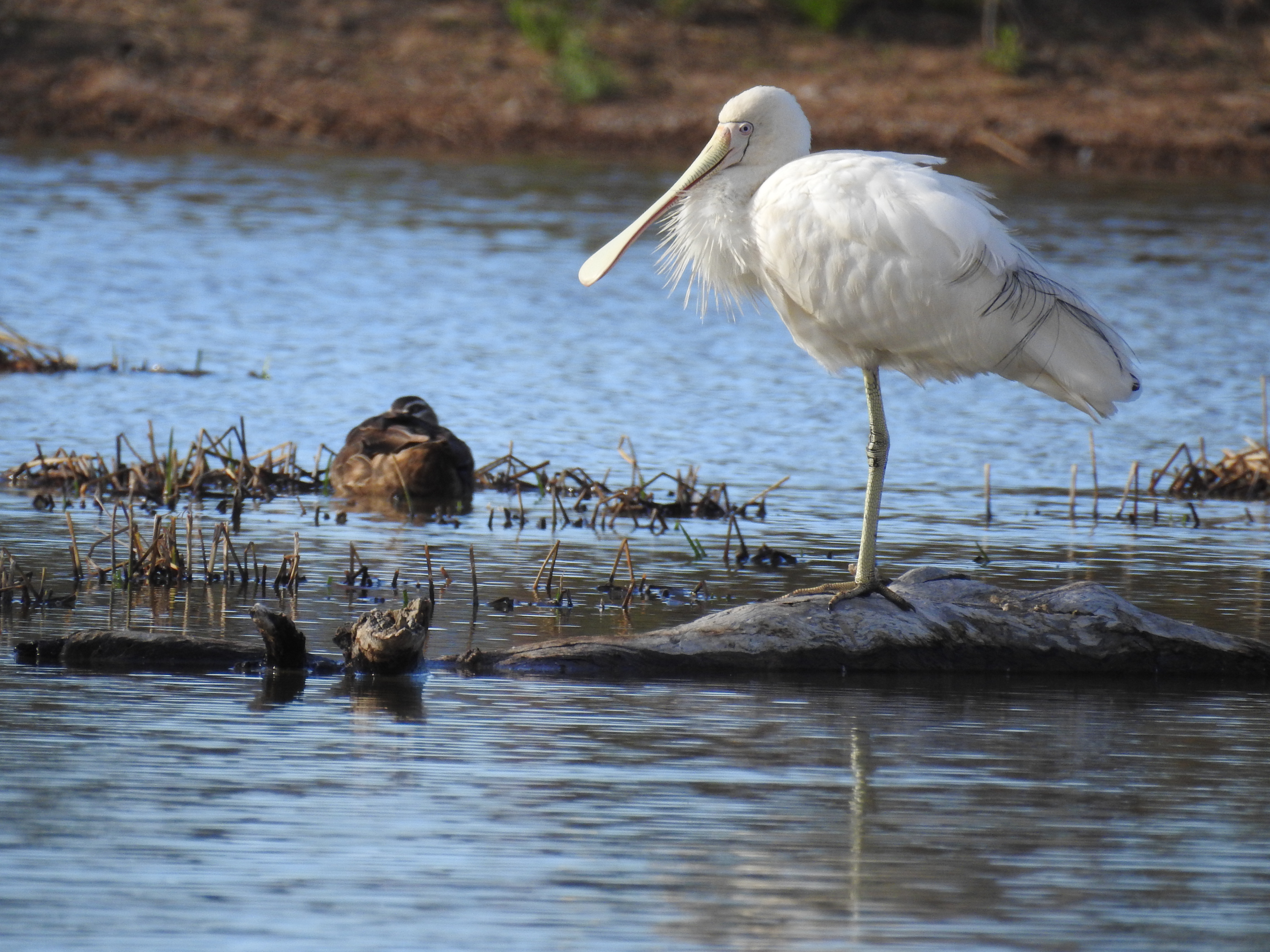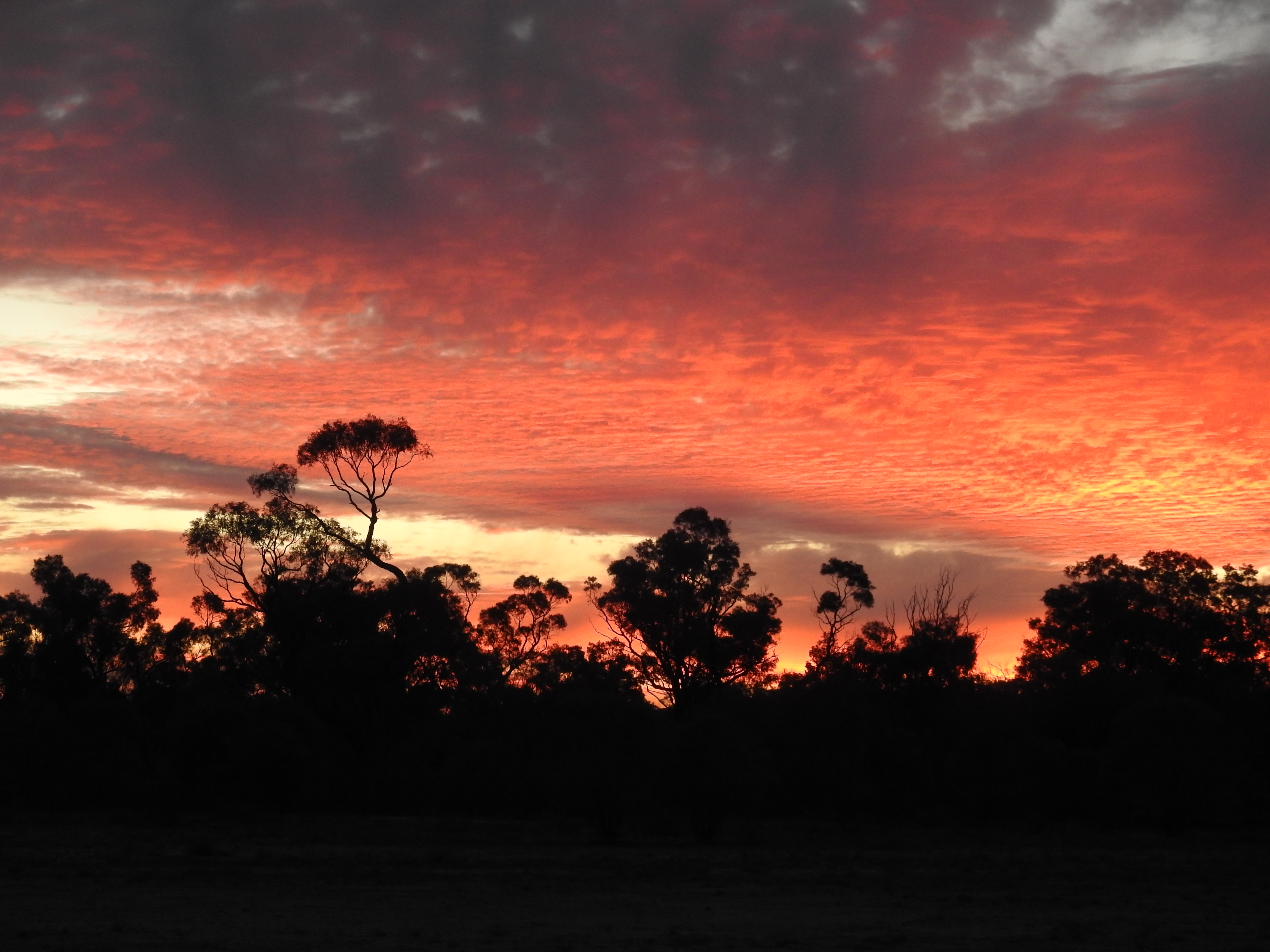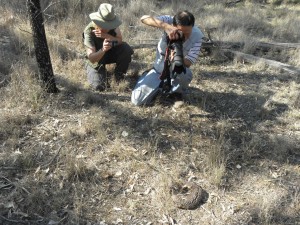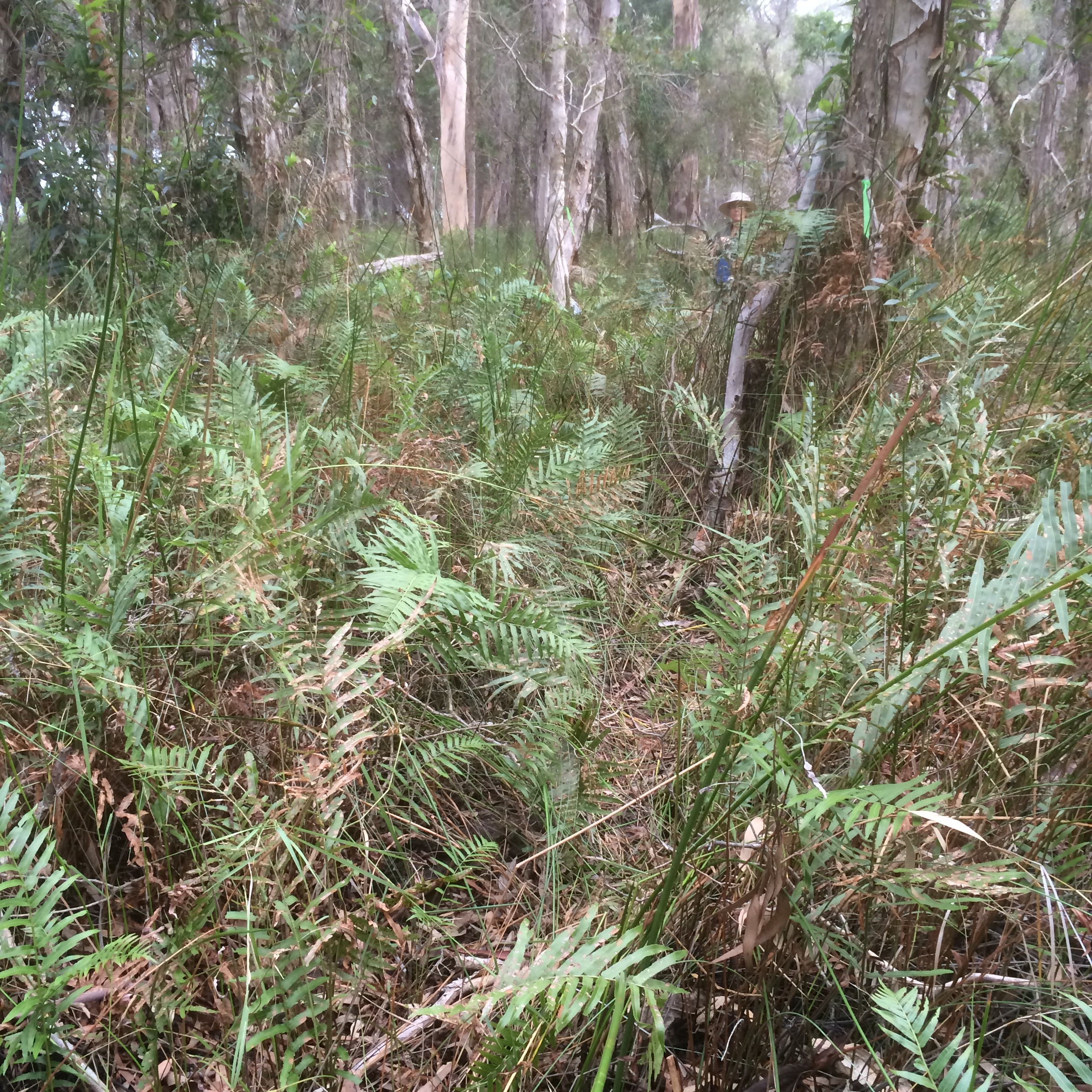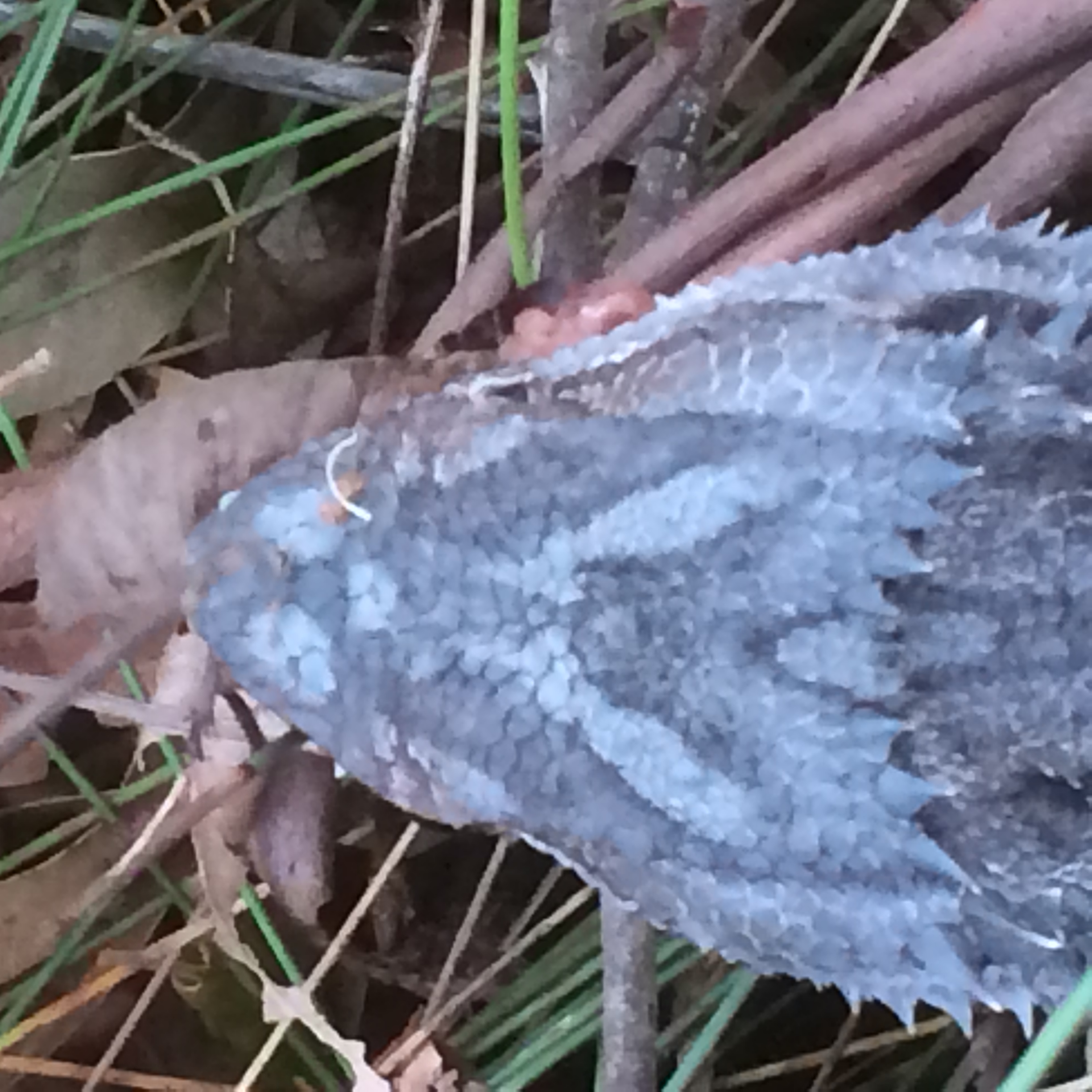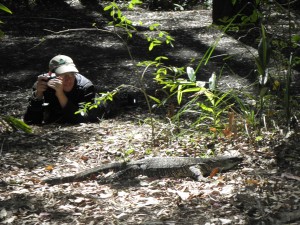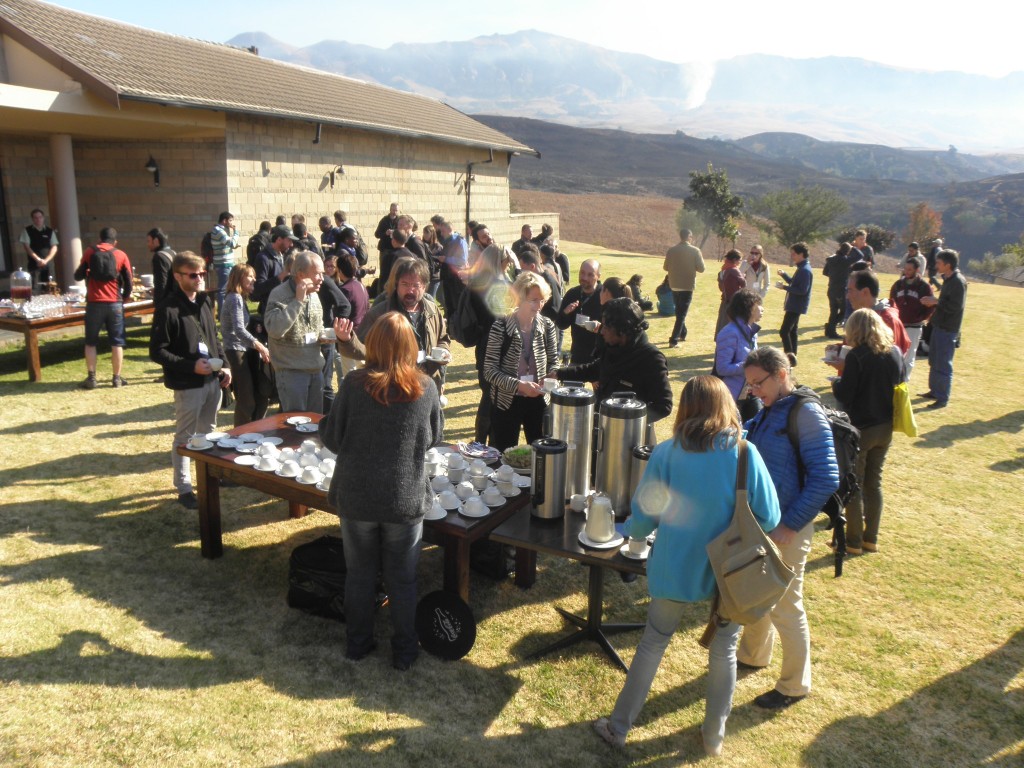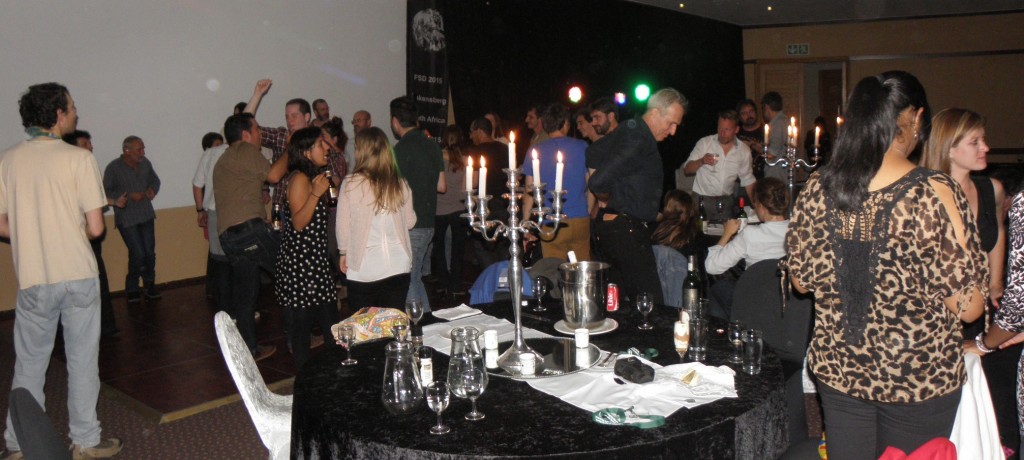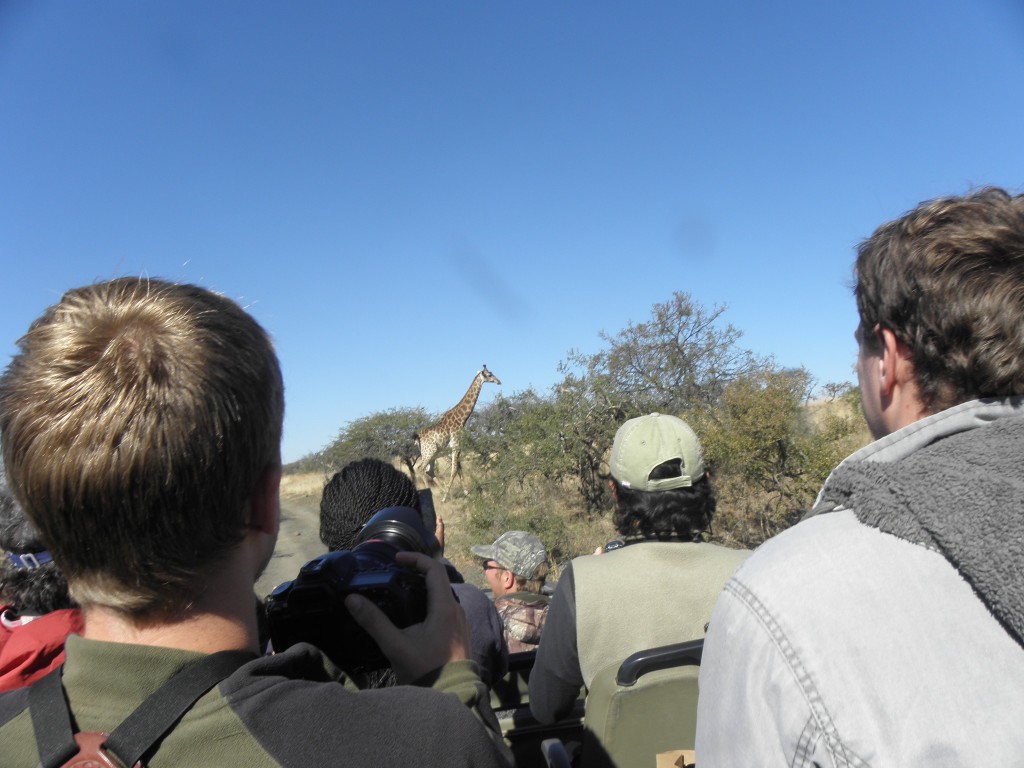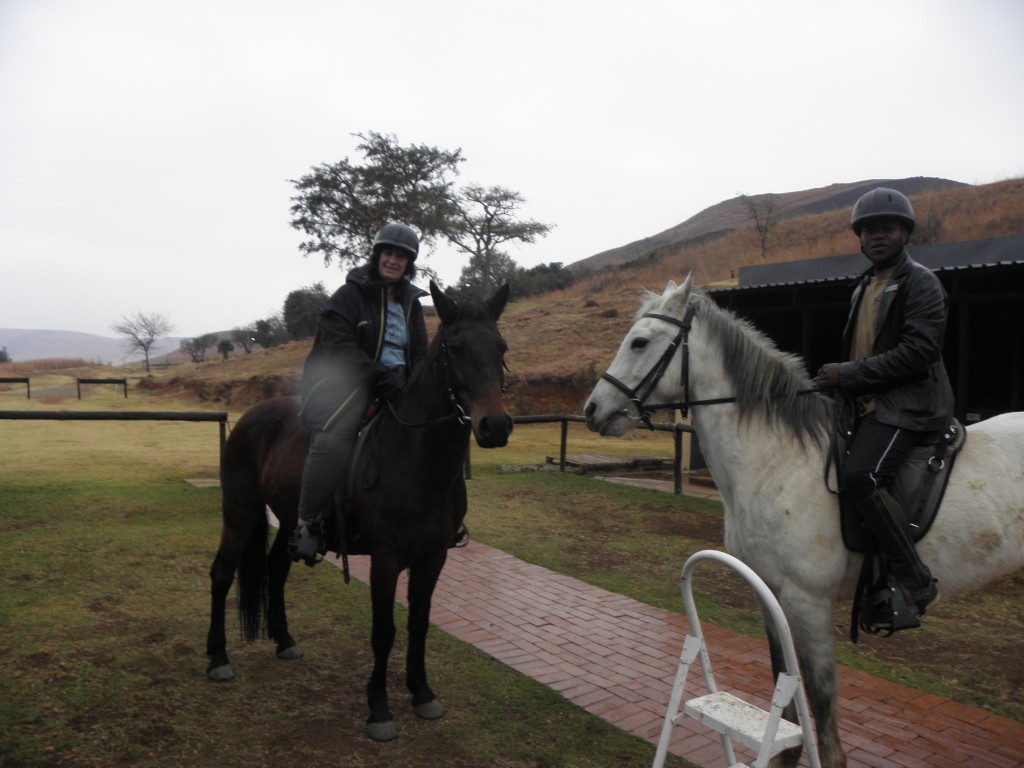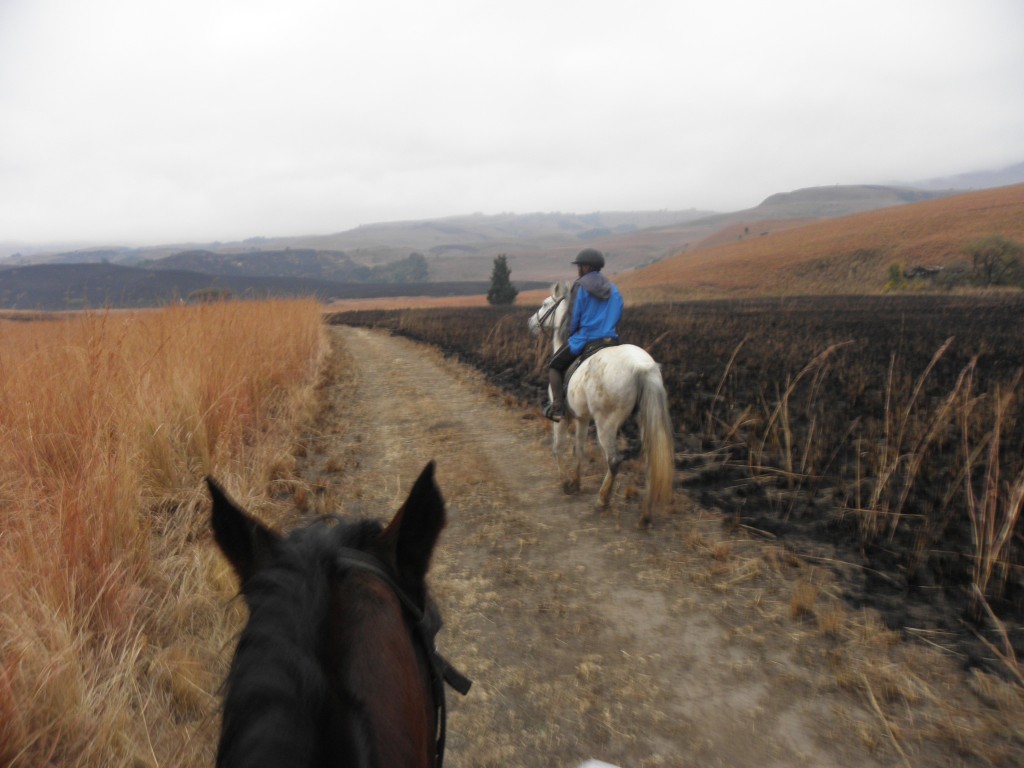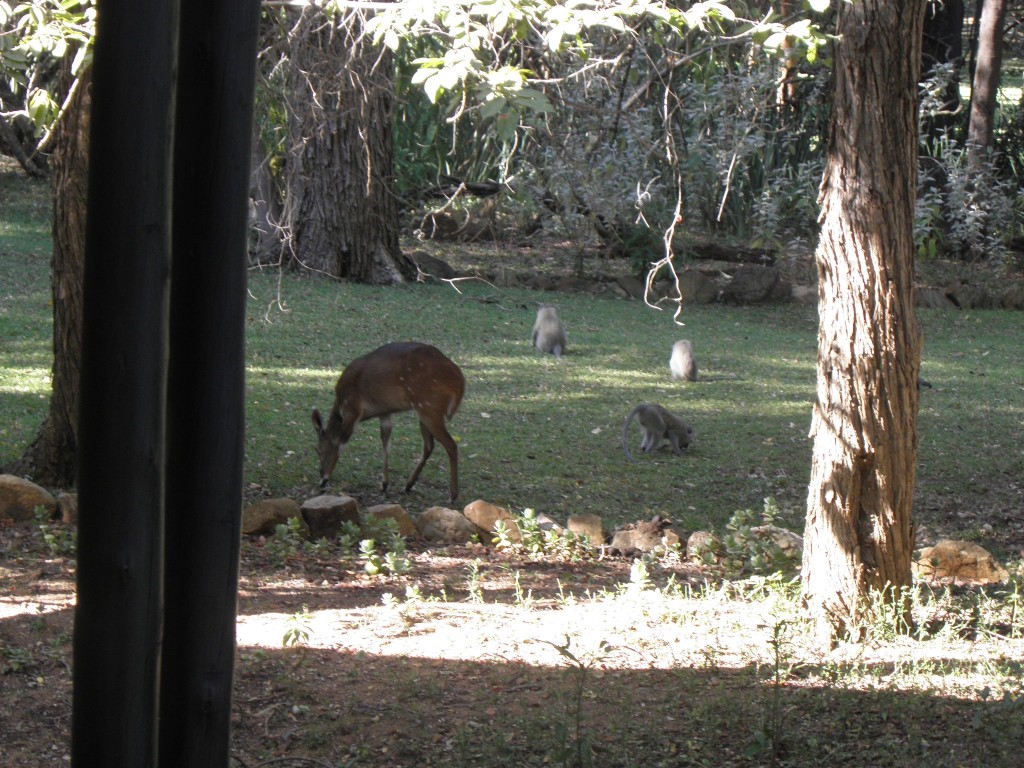Instead of simply heading by plane to the Australian Tourism Exchange in April 2018, Darren and I decided drive to some places we’d never been to and re-visit some we had. I also arranged for my grandson Axel to join us by plane and drive back with us for his first-ever flight in a large plane and first-ever visit to the outback, plus a first-ever meeting between cousins (my brother’s grandsons)
Our first stop: the Pillaga
This is the largest remnant of dry woodland in NSW, on Jurassic-age Pilliga sandstone, and the traditional country of the Gamilaroi People, about halfway between Narrabri and Coonabarrabran.
Here we had out first glimpse of the world’s largest model of the solar system:
Planet models and the distances between them are all to scale, and you drive many kilometres between them. We found most of the others on our way to Coonabarrabran and on to Siding Springs Observatory.
Hot and tired when we reached the entrance to the caves walk, we decided to just walk as far as there first cave, but when we saw it we were rather tempted to goon to the second, and continued on to visit them all.
Various etchings can be seen in some spots – e.g. of emu and kangaroo tracks
Are you starting to see why we kept walking from cave to cave?
A few of the birds we saw in the Pilliga:
White-eared honeyeater (one of the study species during my Honours Zoology research on Kangaroo Island years ago – it does eat nectar but also many insects gleaned from leaves and -more unusually for honeyeaters – very often from bark)
Apostlebird (they and Australian choughs belong to a family with no other members, and both are exclusively Australian)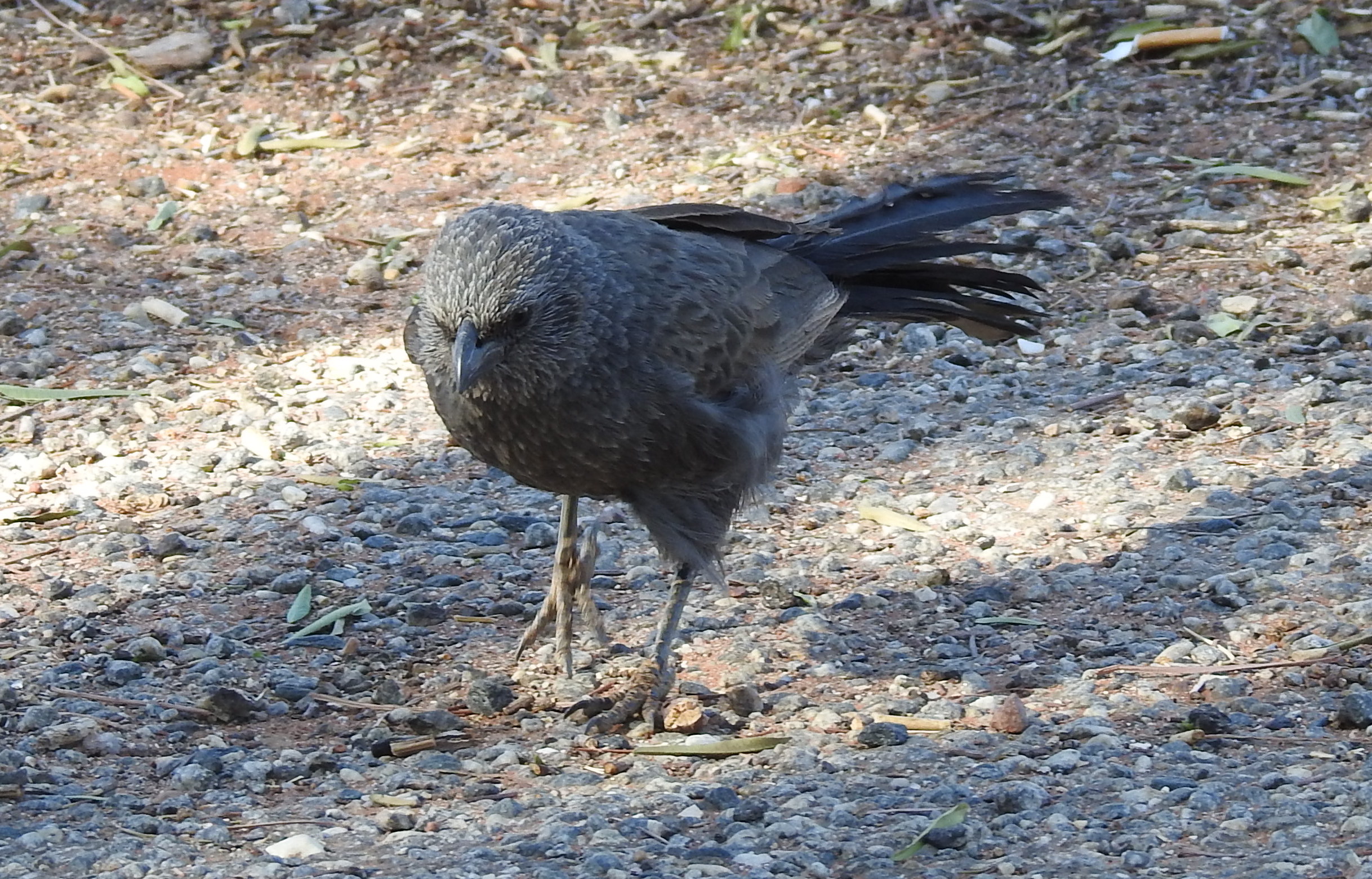
Fracking for CSG
All may not be well for the Pilliga in the future. Santos has been doing some quite extensive searching for CSG extraction possibilities, and already has established pipelines through the area. Potential problems include excessive water usage in an area already subject to drought and possibly increasingly so as climate change progresses, possible contamination of water sources (including underground), habitat destruction and noise of fracking stations disturbing wildlife
Local farmers are also concerned:
Through Coonabarrabran to Siding Springs Observatory
As we continued driving, we saw more of the planets in this gigantic model
This brought us finally to the observatory itself, which represents the sun in this model.
More coming soon!

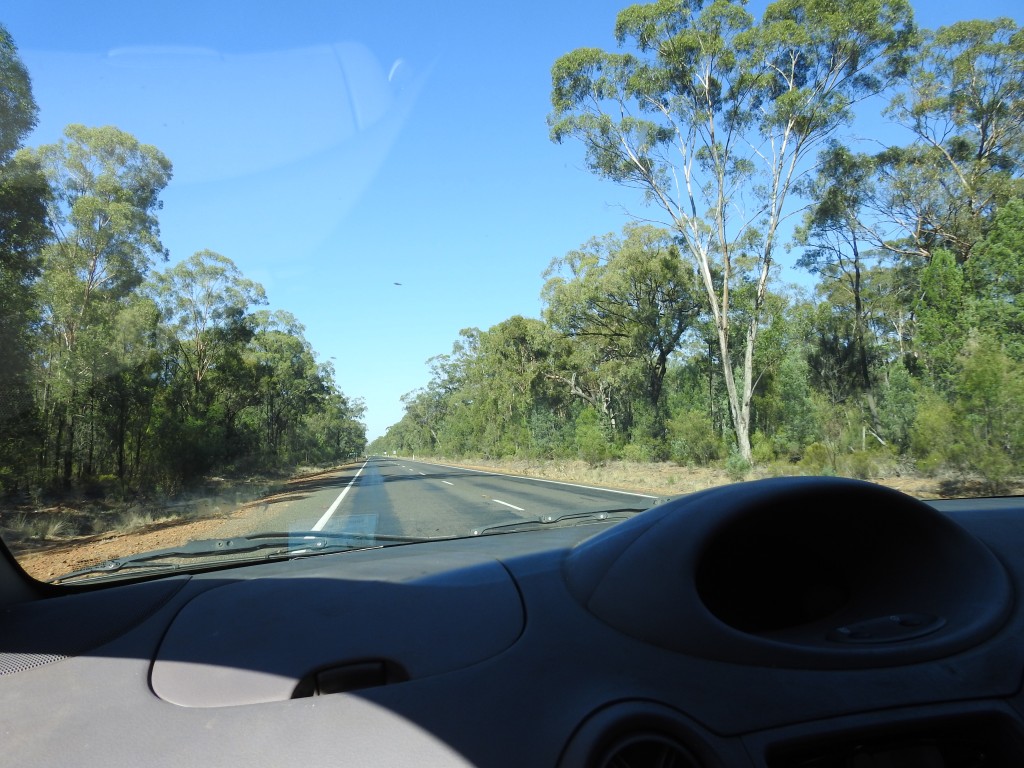


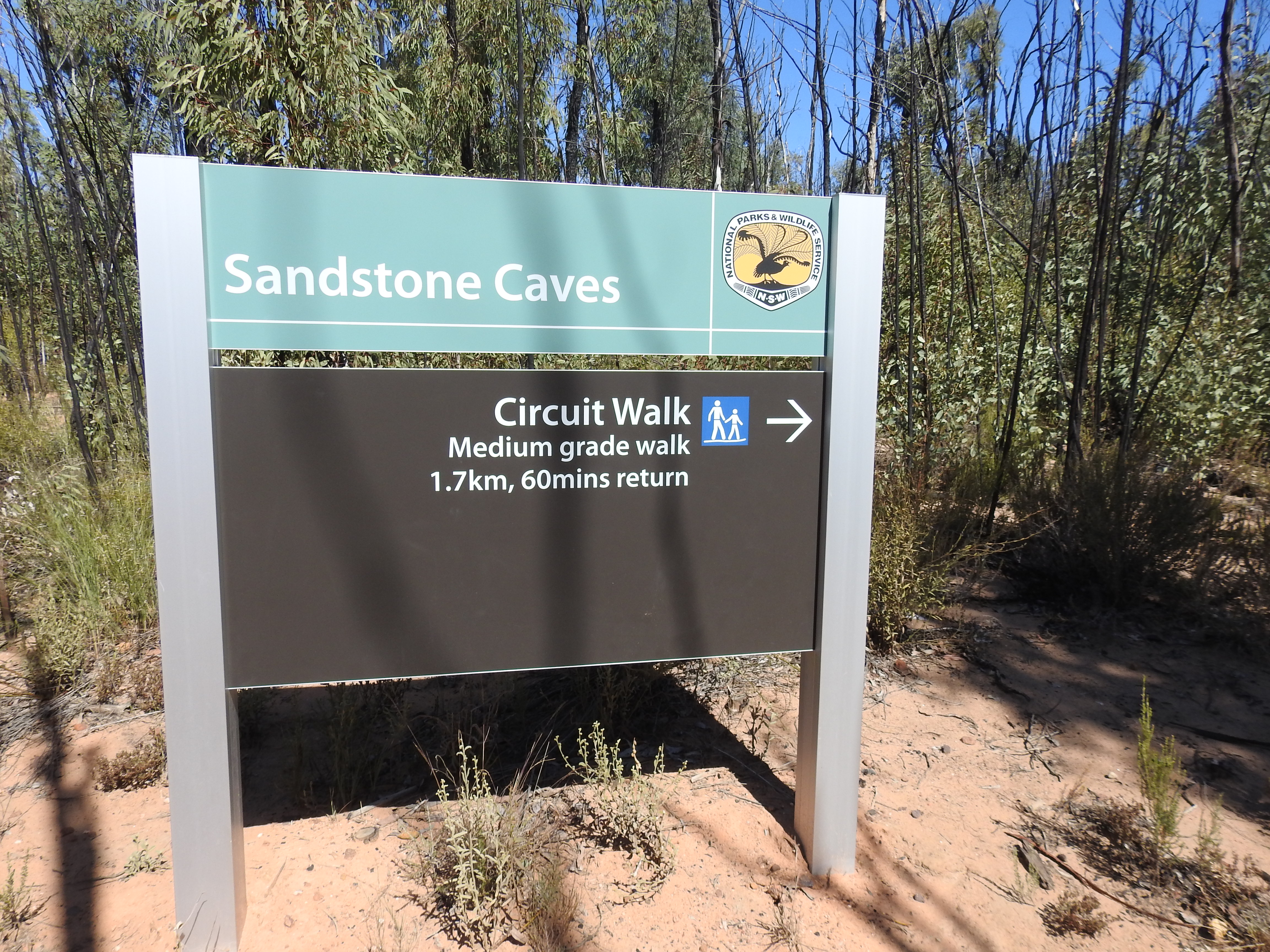
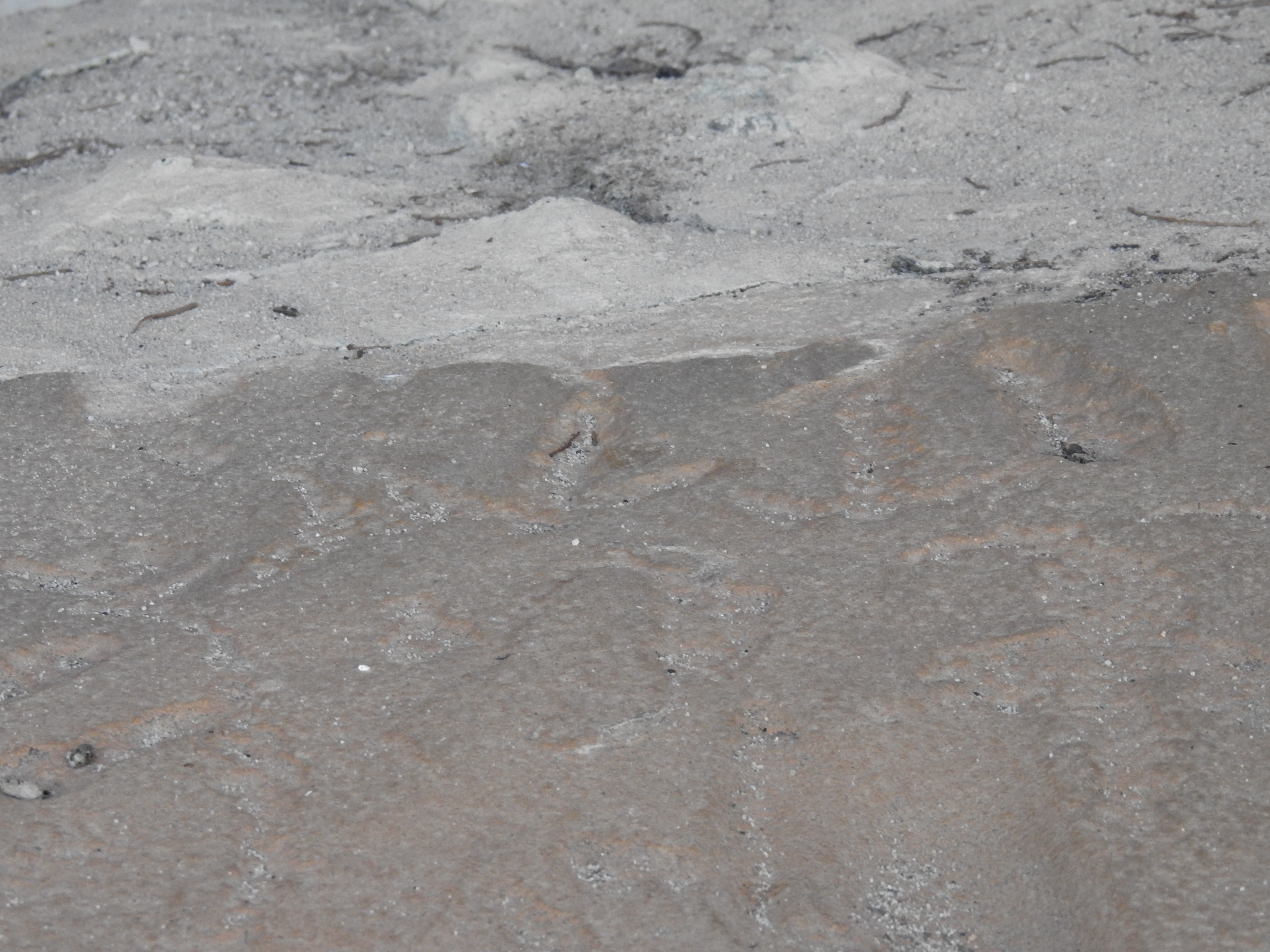






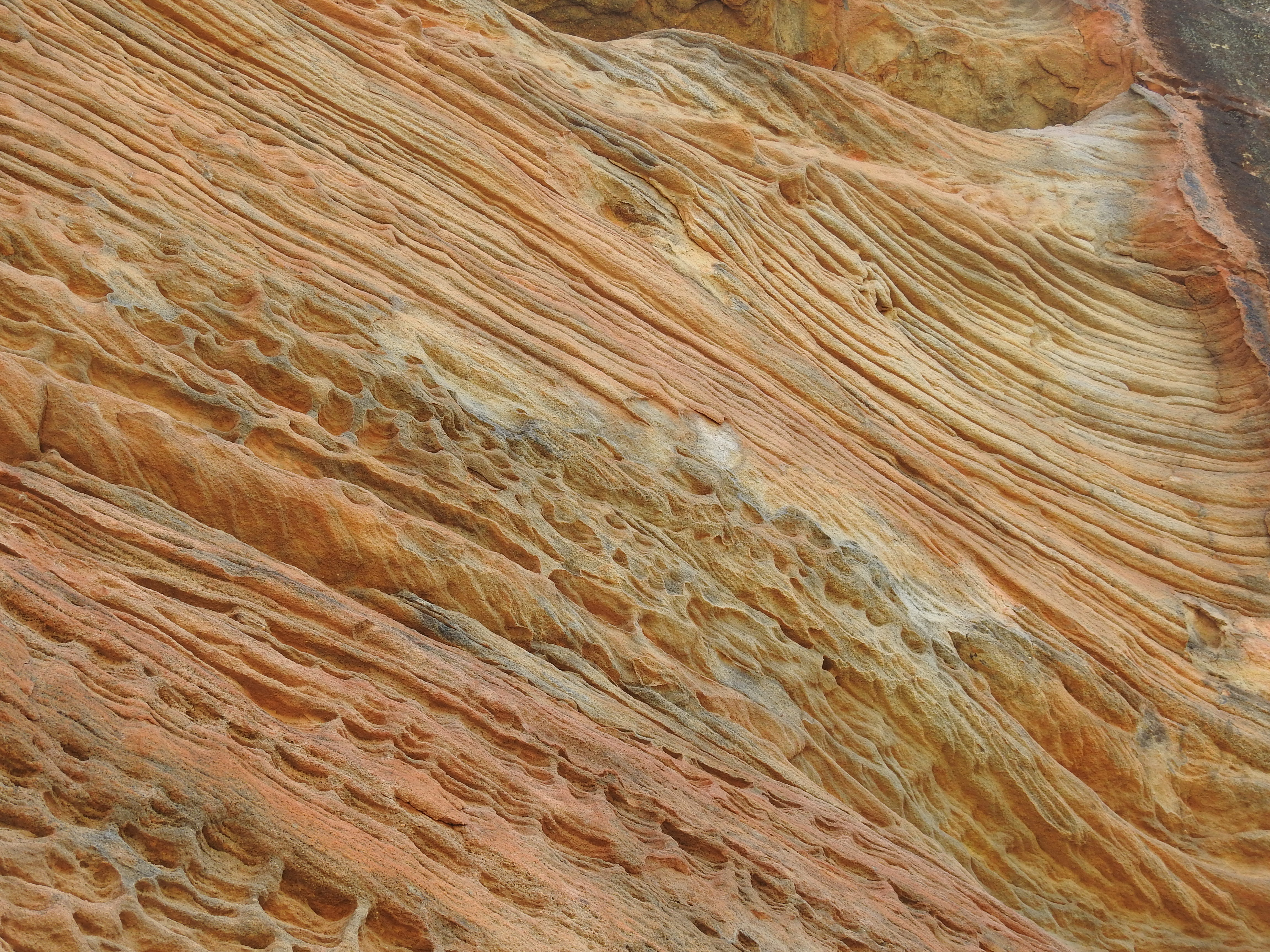


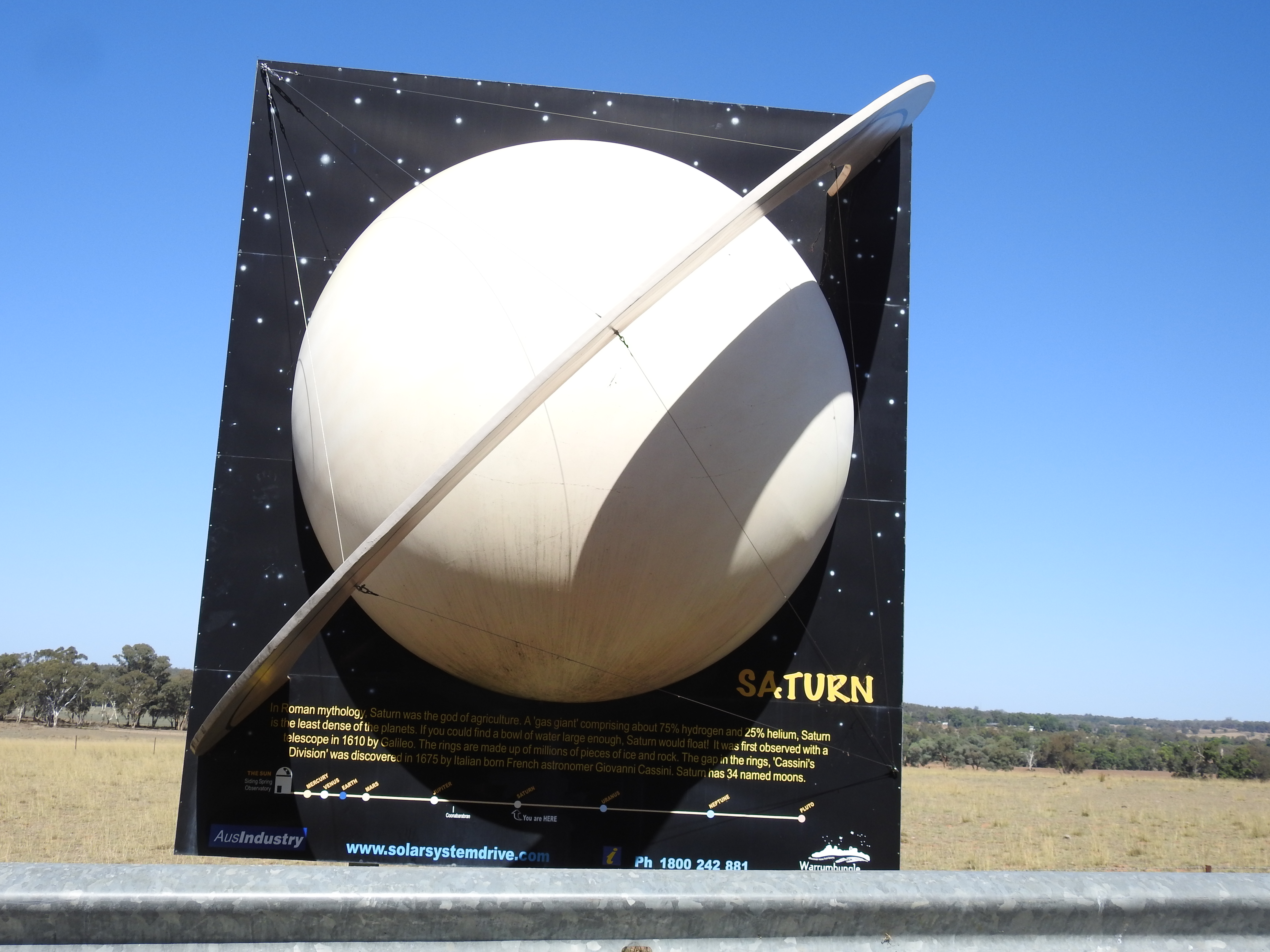
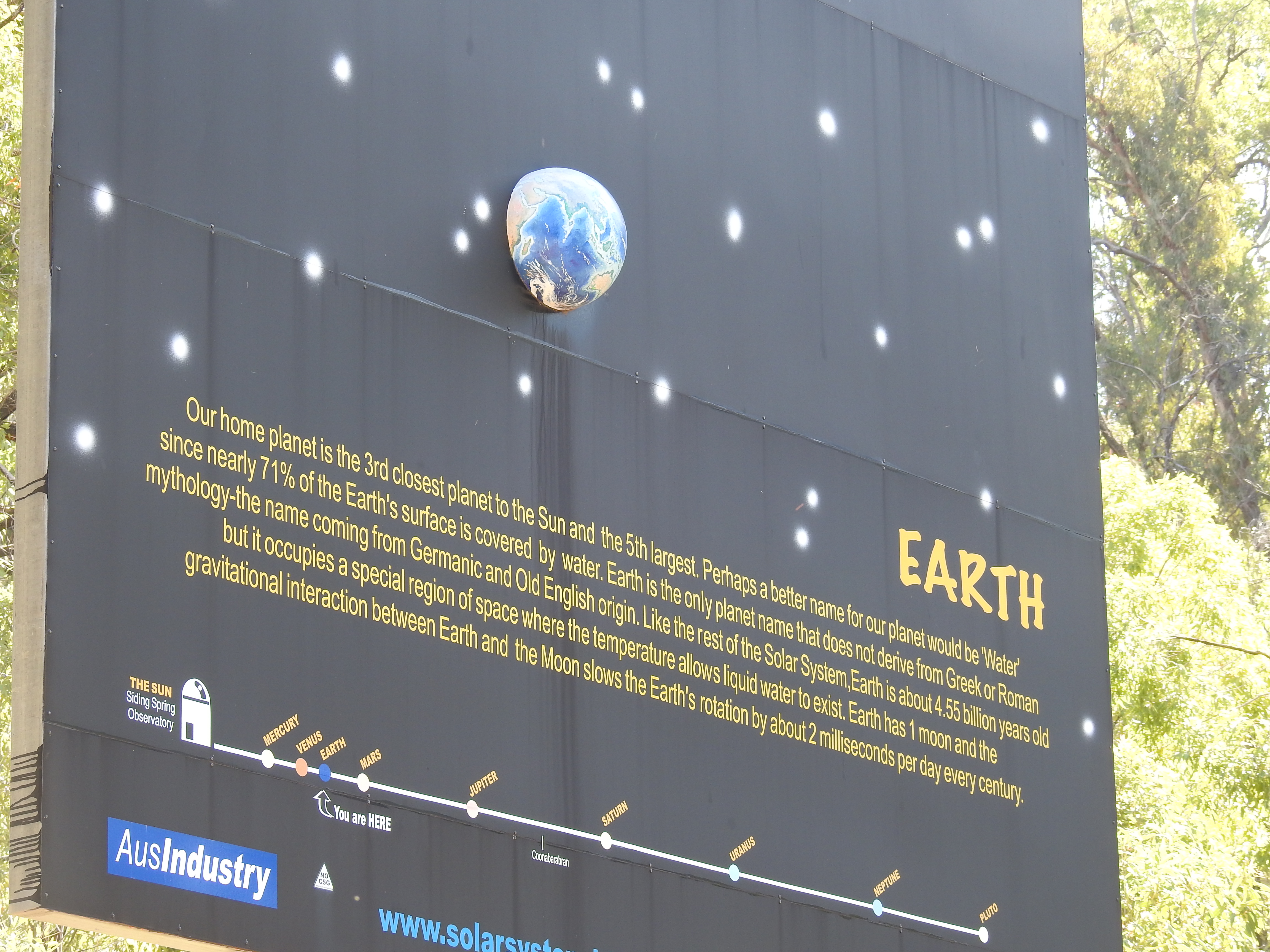
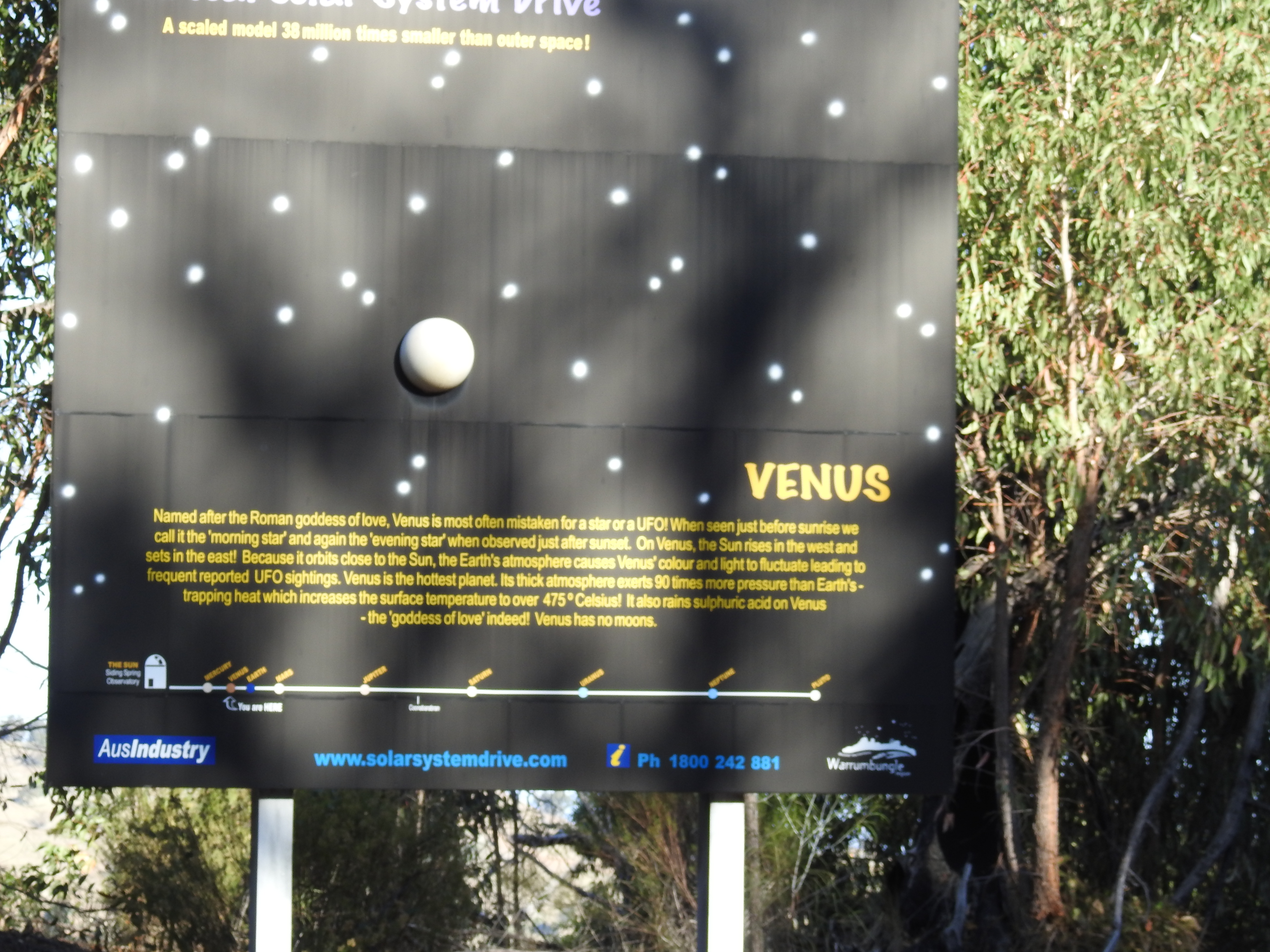


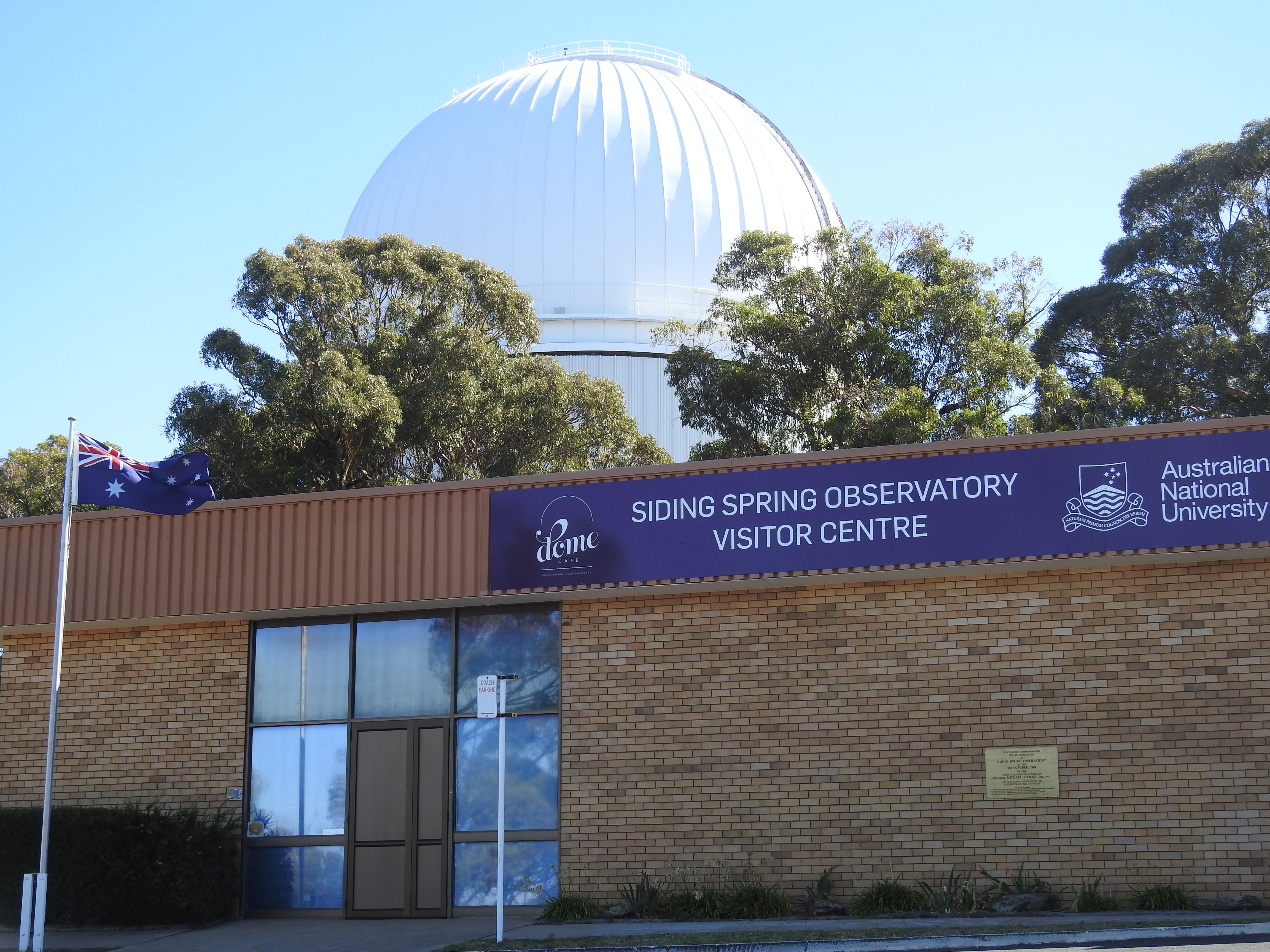


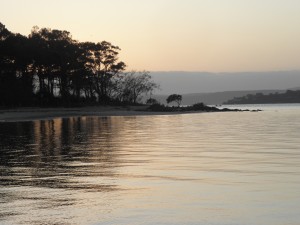
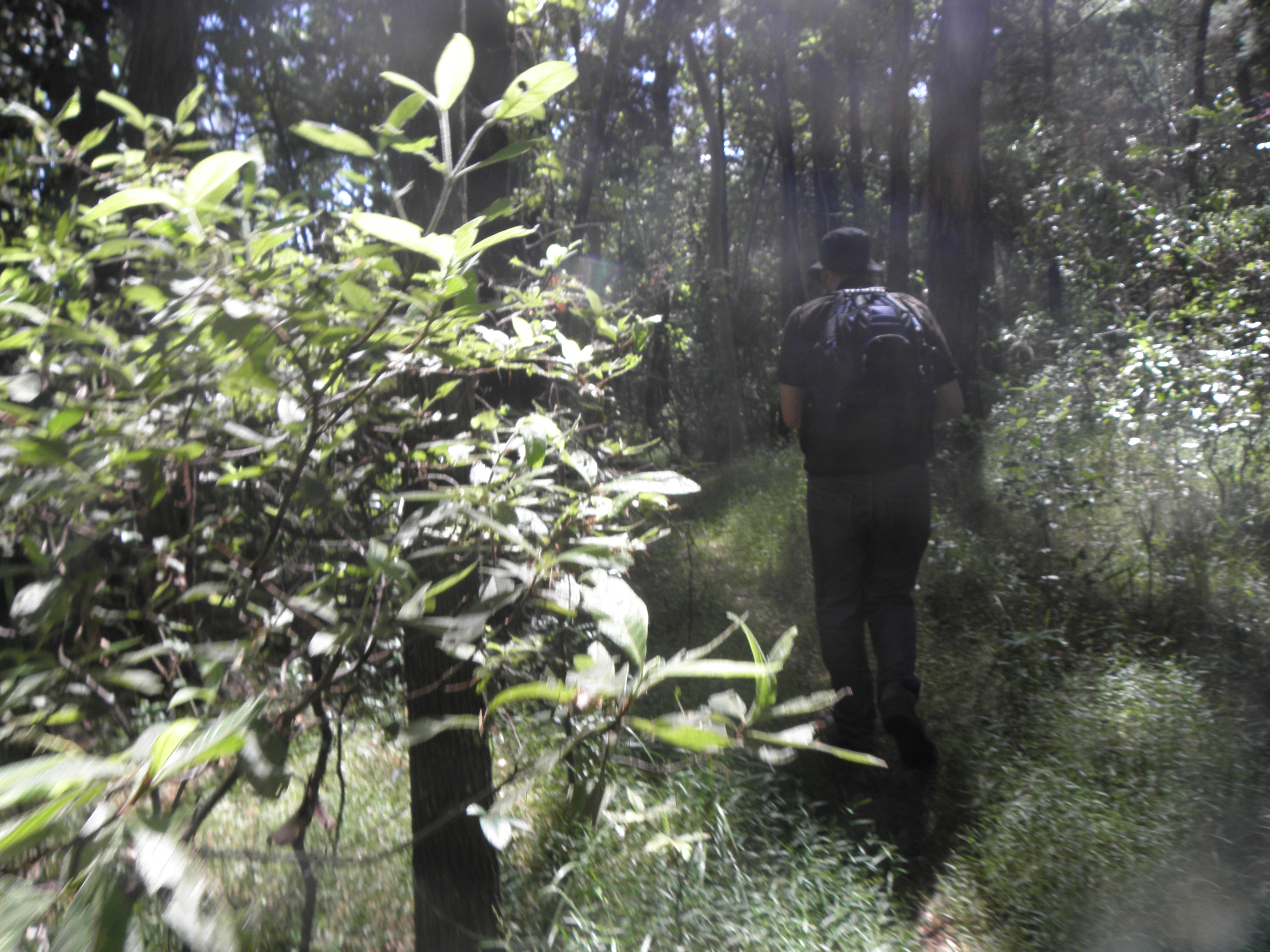
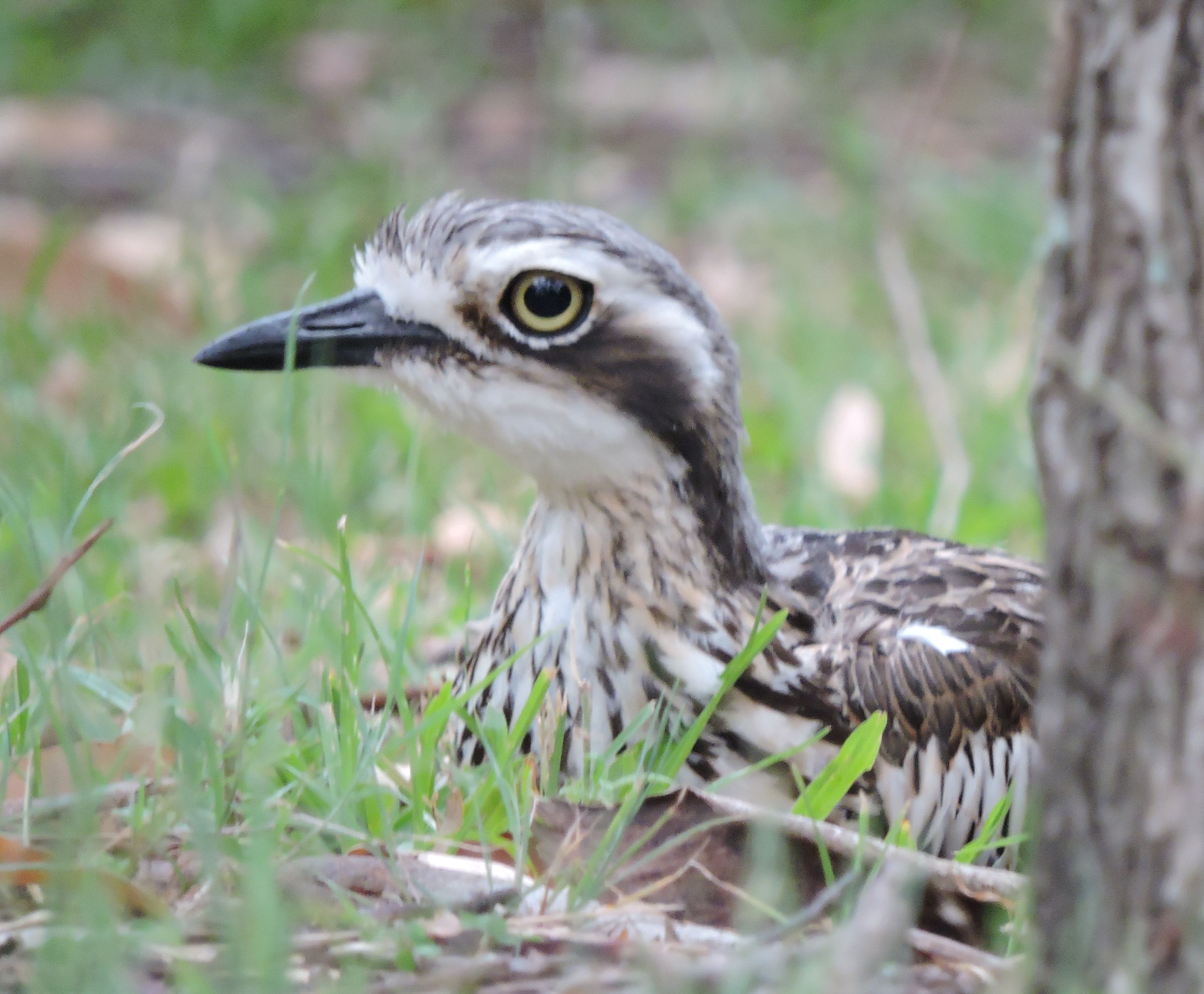
 As the tide recedes we see hundreds, sometimes thousands, of blue soldier crabs marching across the beach. If you go too close you’ll startle them and they quickly bury themselves in the sand, but if you then stay still and quiet for a few minutes they’ll slowly re-emerge.
As the tide recedes we see hundreds, sometimes thousands, of blue soldier crabs marching across the beach. If you go too close you’ll startle them and they quickly bury themselves in the sand, but if you then stay still and quiet for a few minutes they’ll slowly re-emerge.